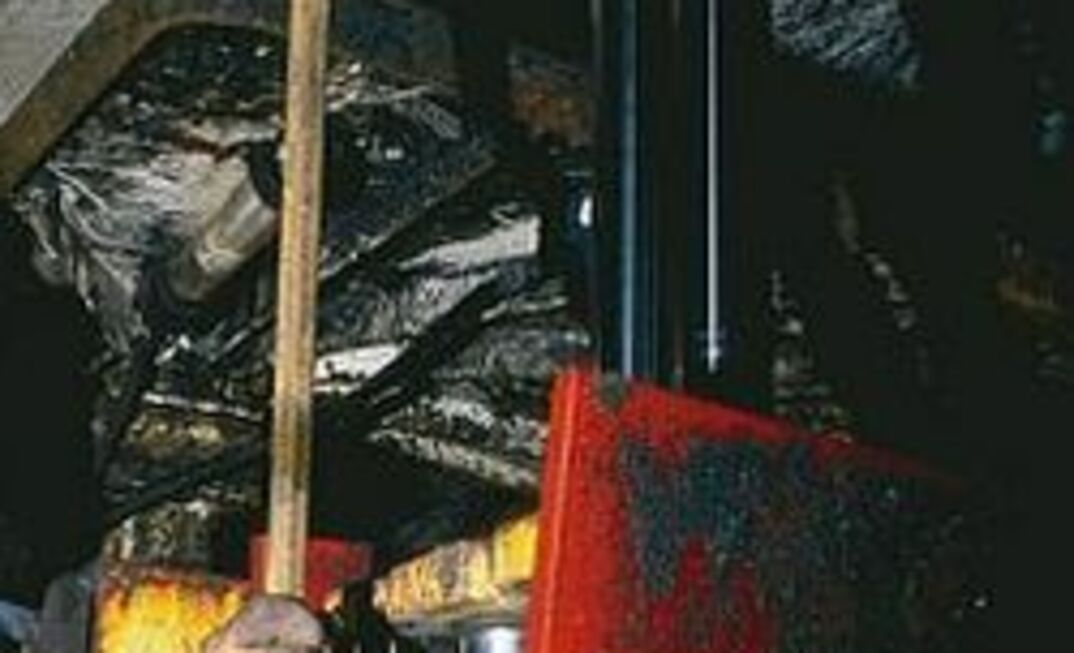A team of researchers recently presented a paper at the Queensland Mining Industry Health & Safety conference that looked at participative ergonomics for manual (PErforM) tasks in coal mining. Under this approach, work teams, consisting of the people that actually undertake the manual tasks, are formed and they carry out hazard identification, risk assessment and risk control activities.
The number one manual task identified by all three development crews involved in the Coal Services Health and Safety Trust funded research, as the main cause of musculo-skeletal injuries was roof bolting. Bolting is a repetitive task (about 50 bolts per man per shift) that involves awkward postures; it can be physically demanding, particularly on the back, shoulders and forearms.
Often workers are forced into awkward positions when bent over due to low seams, reaching around the drill rig to insert/remove rods or drill steels (particularly for the inside bolt) and when reaching overhead to insert and feed the chemical into the hole.
Large muscular exertions are demanded of the back, shoulders and forearms when handling the bolt, and are also often called on if and when the mesh catches on protruding objects. Additional effort is required when moving and storing boxes of chemicals and
the plate sets on the miner.
Following a risk assessment, the work teams presented several design control options including:
Adjustable platform height so tall miners can stand upright while drilling and do not risk hitting their heads on the exposed rod tails in the roof. Also, the tails of the exposed rods can be trimmed via a hydraulic cutter.
Install or extend the platform near the drill rig so miners can get closer to the rig, which will reduce the need to extend the arm while inserting the rods, steals and
dollies. The platform section should be attached to the bottom of the rig so it moves with the rig.
Lower the height of the drill motor so rods are easier to place in the dolly.
Redesign the dolly (chuck) so it fits the rods and drill steels so the dolly doesn’t have to be continually changed.
Look into new automated bolting technology, currently being trialled at Crinum.
Place the mesh sheets (15 – 30) on top of the miner so miners don’t have to walk them overhead from their storage place along the ribs.
Smaller diameter vent tubes that allow for more room on that side of the miner.
Extend the mesh sliders and/or cross beams on the sliders to aid in the movement of the mesh across the miner.
Reduce the materials the mesh can get caught on; for example, head-lights and loose materials in the storage bins; and build specific stage bins for the chemicals and plates that are also positioned closer to the drill rig.
Purchase/order the chemicals with a lower number of tubes (10 – 15) per box.
The team also identified some administrative control options:
Extra man on the continuous miner to help with job rotation and assisting in moving mesh.
Train more miner operators to allow for job rotation.
Ensure the replacement of crew members who are sick on shift to ensure it doesn’t place extra stress on the rest of the crew and allows for job rotation.
Train all operators about the correct storage of the equipment on the miner (ie, improved housekeeping) so the mesh is less likely to get caught while being moved
across the miner.
See tomorrow’s International Longwall News for how participative risk control was implemented in dismantling and removing a monorail.
Story based on ‘Participative ergonomics for manual tasks in coal mining’ by Robin Burgess-Limerick, Gary Dennis, Leon Straker, Clare Pollock, Sue Leveritt, and Suzanne Johnson.
More information available from AProf Burgess-Limerick - robin@hms.uq.edu.au
























